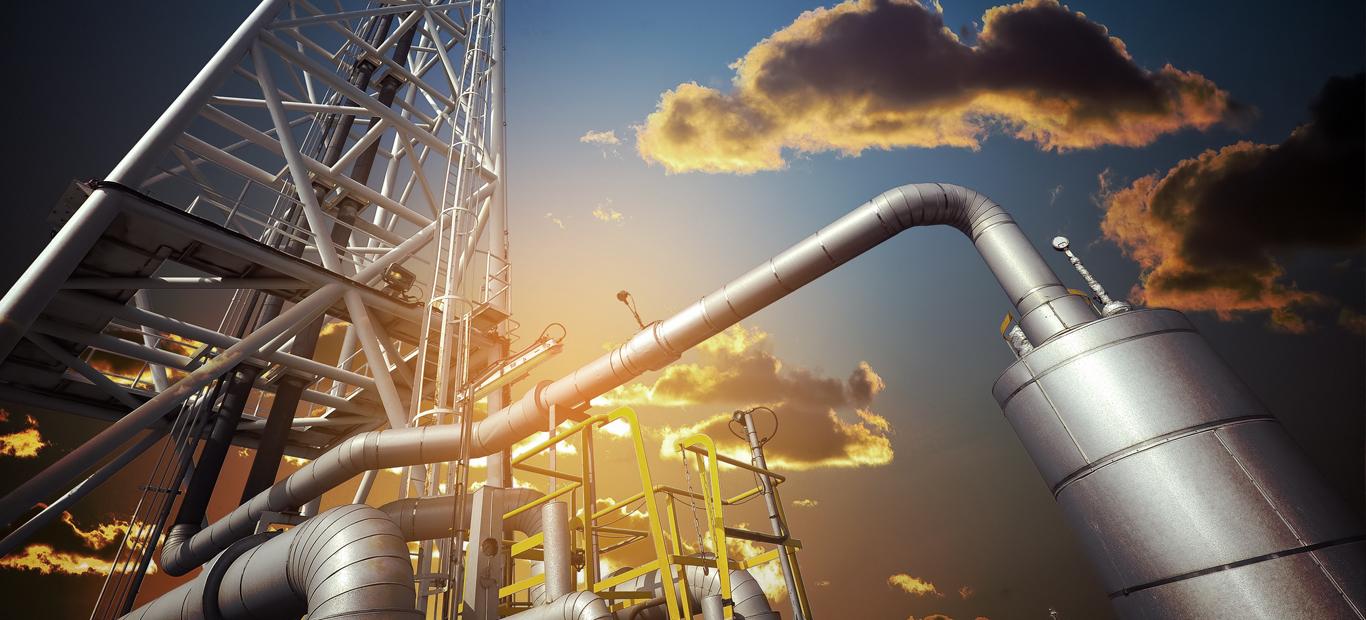Reasuransi Umum
As it’s named, Pipe in Pipe (PIP) basically consist of rigid inner pipe and rigid outer pipe (also known as carrier pipe). Inner pipe is the main pipe that located inside the outer pipe and the function of this pipe is as hydrocarbon exposed media to transfer it. On the other hand, outer pipe is the part of the PIP system that exposed to environment. Consequently, this part need corrosion coating or sacrificial anode to prevent itself from corrosion threat.
Between outer pipe and inner pipe usually insulation material is applied. Beside insulation layer, there is also air gap between this two pipe acts as additional thermal insulation and consider as dry insulation, which better than wet insulation. This dry annulus U-values (overall heat transfer capacity) is as low as 0.5 W/m2K. Because of these reason, pipe in pipe is proven to maintain the heat transfer along the pipeline on HP/HT reservoirs. This system can assure hydrocarbon at temperature above 120oC and pressure above 10000 psi [3]. To maintain the position between all of this pipe and insulation, centralizer is used in the middle of the pipeline and bulkhead is used on the edge of pipeline.
In general, there are several advantages in using pipe in pipe system as hydrocarbon transporter, such as:
Compare to ordinary pipeline (singe wall pipeline), PIP system has several disadvantages, such as:
After the discussion of the advantages and the disadvantages of pipe in pipe system, we will discuss about how the structural design of this type of pipes, how it can give more insulation compare to ordinary pipe system, and the method of installation for PIP in next article. So, stay tuned for the part II!
Pipe In Pipe System In Oil and Gas Industry (Part I)
The increasing amount of High Pressure High Temperature (HP/HT) reservoir, challenge oil and gas industry practitioner to maintain the flowlines temperature. One method to tackle this problem is adding thermal insulation layer to pipeline. Furthermore, engineer found a good method to apply thermal insulation to the pipeline called Pipe in Pipe.As it’s named, Pipe in Pipe (PIP) basically consist of rigid inner pipe and rigid outer pipe (also known as carrier pipe). Inner pipe is the main pipe that located inside the outer pipe and the function of this pipe is as hydrocarbon exposed media to transfer it. On the other hand, outer pipe is the part of the PIP system that exposed to environment. Consequently, this part need corrosion coating or sacrificial anode to prevent itself from corrosion threat.
Between outer pipe and inner pipe usually insulation material is applied. Beside insulation layer, there is also air gap between this two pipe acts as additional thermal insulation and consider as dry insulation, which better than wet insulation. This dry annulus U-values (overall heat transfer capacity) is as low as 0.5 W/m2K. Because of these reason, pipe in pipe is proven to maintain the heat transfer along the pipeline on HP/HT reservoirs. This system can assure hydrocarbon at temperature above 120oC and pressure above 10000 psi [3]. To maintain the position between all of this pipe and insulation, centralizer is used in the middle of the pipeline and bulkhead is used on the edge of pipeline.

In general, there are several advantages in using pipe in pipe system as hydrocarbon transporter, such as:
- Excellent thermal insulation
- Outer pipe give extra protection to the inner pipe
- More stable
- Not need to trench or burried the pipe
- PIP can be installed by numerous method
Compare to ordinary pipeline (singe wall pipeline), PIP system has several disadvantages, such as:
- Relatively expensive
- Increase the difficulty of engineering design
After the discussion of the advantages and the disadvantages of pipe in pipe system, we will discuss about how the structural design of this type of pipes, how it can give more insulation compare to ordinary pipe system, and the method of installation for PIP in next article. So, stay tuned for the part II!
Penulis





 11095
11095



 30 Jul 2021
30 Jul 2021 7805 kali
7805 kali





